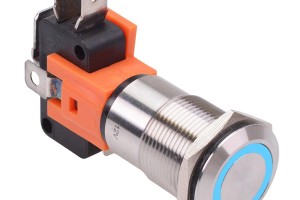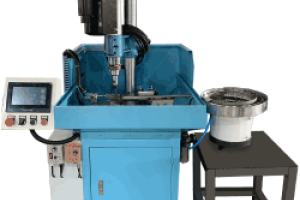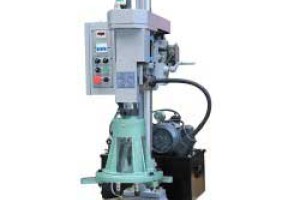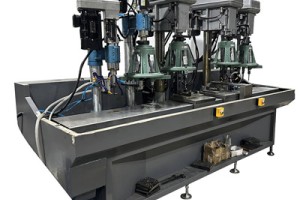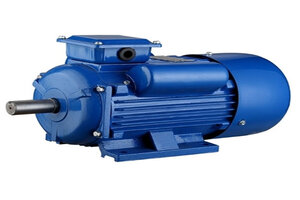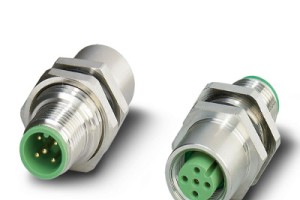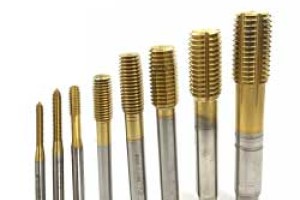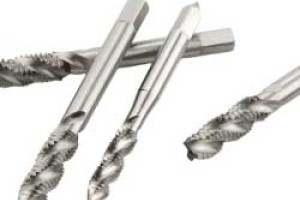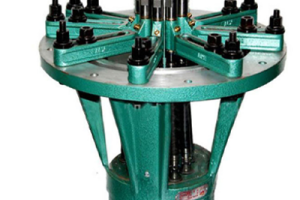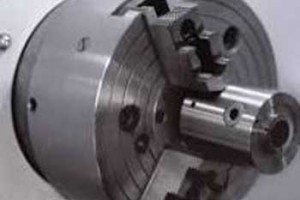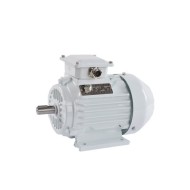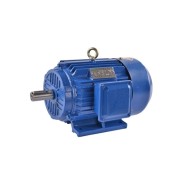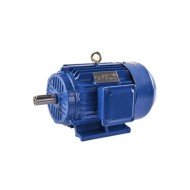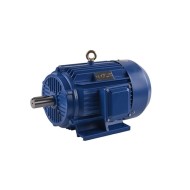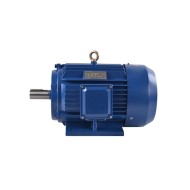







- Stock: In Stock
- Model: SCJ009487
- SKU: SCJ009487
Available Options
Ask a Question About This Product
- Description
20hp (15kW) 3-Phase Asynchronous Motor with Clutch
Brief
Description
Totally enclosed 3-phase asynchronous motor with clutch, with rated output 20hp, rated speed 1250rpm in foot mounting. It offers high-efficiency performance, high starting torque, little vibration, and reliable operation.
20hp (15kW) 3-Phase Asynchronous Motor with Clutch Specification
| Model | SCJ009487 |
| Capacity | 15kW |
| Rated Torque | 94.3Nm |
| Speed adjustable Range | 1250-125r/min |
| Speed Changing Rate | 3% |
| Rated Voltage | 380V |
| Installation | B3 |
| Frequency | 50Hz |
| Phase | 3 phase |
| Certification | CE, CCC, IS9001, IS2008 |
| IP Grade | IP21 |
| Efficiency | IE1/IE2/IE3 |
| Frame | Cast Iron or aluminum |
| Weight | 250kg |
| Ambient temperature | -15℃~40℃ |
| Altitude | not exceeding 1000 Meters |
| Duty | Continuous running |
| Insulation Grade | B |
| Warranty | 1 year |
20hp (15kW) 3-Phase Asynchronous Motor with Clutch Dimensions

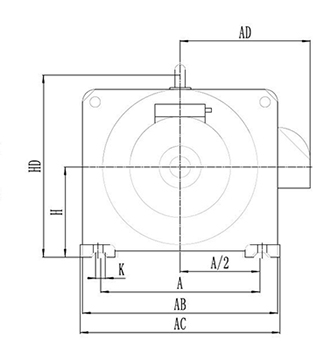
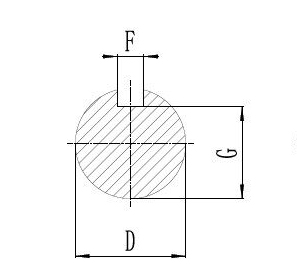
| Model | YCT225-4B | ||
| Mounting Dimension & Tolerance (mm) | A | Basic Size | 356 |
| A/2 | Basic Size | 178 | |
| WB | Basic Size | 406 | |
| WC | Basic Size | 56 | |
| Limit Size | ±1.5 | ||
| D | Basic Size | 42 | |
| Limit Tolerance | +0.018 +0.002 | ||
| E | Basic Size | 110 | |
| Limit Tolerance | ±0.43 | ||
| F | Basic Size | 12 | |
| Limit Tolerance | -0.043 | ||
| G | Basic Size | 37 | |
| Limit Tolerance | -0.2 | ||
| H | Basic Size | 225 | |
| Limit Tolerance | -0.5 | ||
| K | Basic Size | 19 | |
| Limit Tolerance | ‘+0.52 | ||
| Position Tolerance | Φ 1.5 Ⓜ | ||
| Mounting Dimension & Tolerance (mm) | AB | 465 | |
| AC | 485 | ||
| AD | 270 | ||
| HD | 545 | ||
| L | 980 | ||
Details
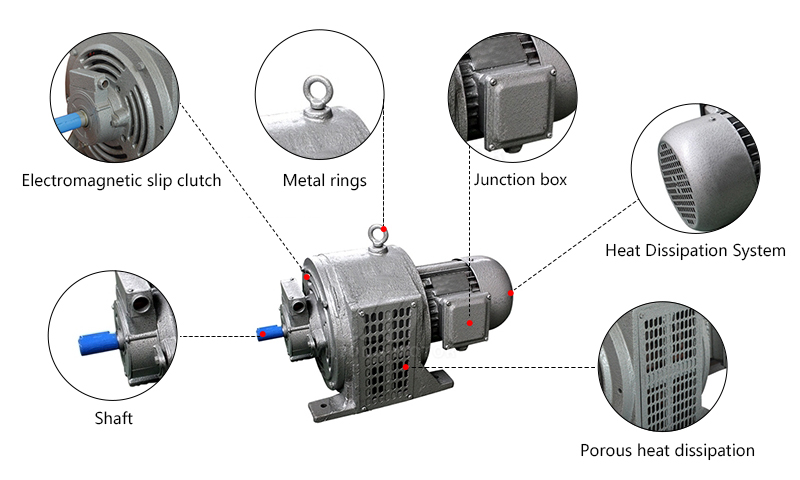
Tips: Working Principle of 20hp (15kW) 3-Phase Asynchronous Motor with Clutch.
When a symmetrical three-phase alternating current is passed into the three-phase stator winding, a rotating magnetic field is generated that rotates at a synchronous speed n1 along the inner circular space of the stator and rotor. Since the rotating magnetic field rotates at n1 speed, the rotor conductor is stationary at the beginning, so the rotor conductor will cut the stator rotating magnetic field and generate the induced electric potential (the direction of the induced electric potential is determined by the right-hand rule). As the rotor conductor is shorted at both ends by the shorting ring, under the action of the induced electromotive force, the rotor conductor will generate an induced current in the same direction as the induced electromotive force. The current-carrying conductor of the rotor is subjected to an electromagnetic force in the stator magnetic field (the direction of the force is determined by the left-hand rule). The electromagnetic force produces an electromagnetic torque on the rotor shaft, which drives the rotor to rotate in the direction of the rotating magnetic field.
Through the above analysis, we can conclude that the working principle of motor is as follows: when the three-phase stator winding of motor (each phase is 120 degrees different from the other) is connected to the three-phase symmetrical alternating current, a rotating magnetic field will be generated, which will cut the rotor winding and produce induction current in the rotor winding (the rotor winding is a closed path), the current-carrying rotor conductor will produce electromagnetic force under the action of the rotating stator magnetic field, which will form electromagnetic torque on the rotor shaft. The current-carrying rotor conductor will generate electromagnetic force under the stator rotating magnetic field, thus forming electromagnetic torque on the motor shaft to drive the motor rotation, and the direction of motor rotation is the same as the direction of rotating magnetic field.
- Reviews
